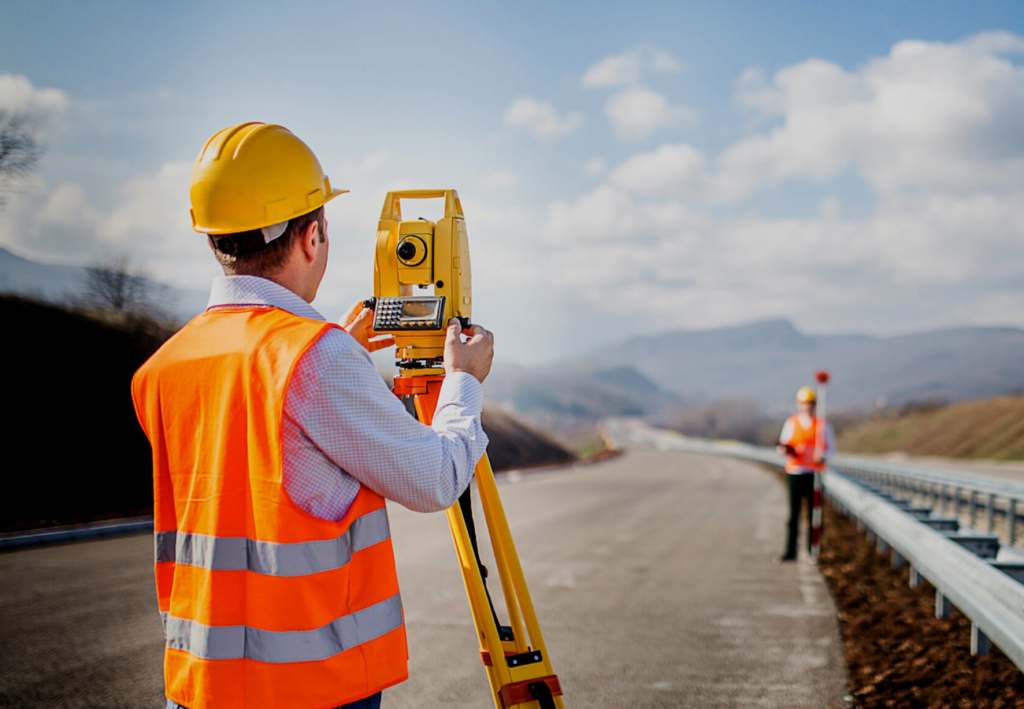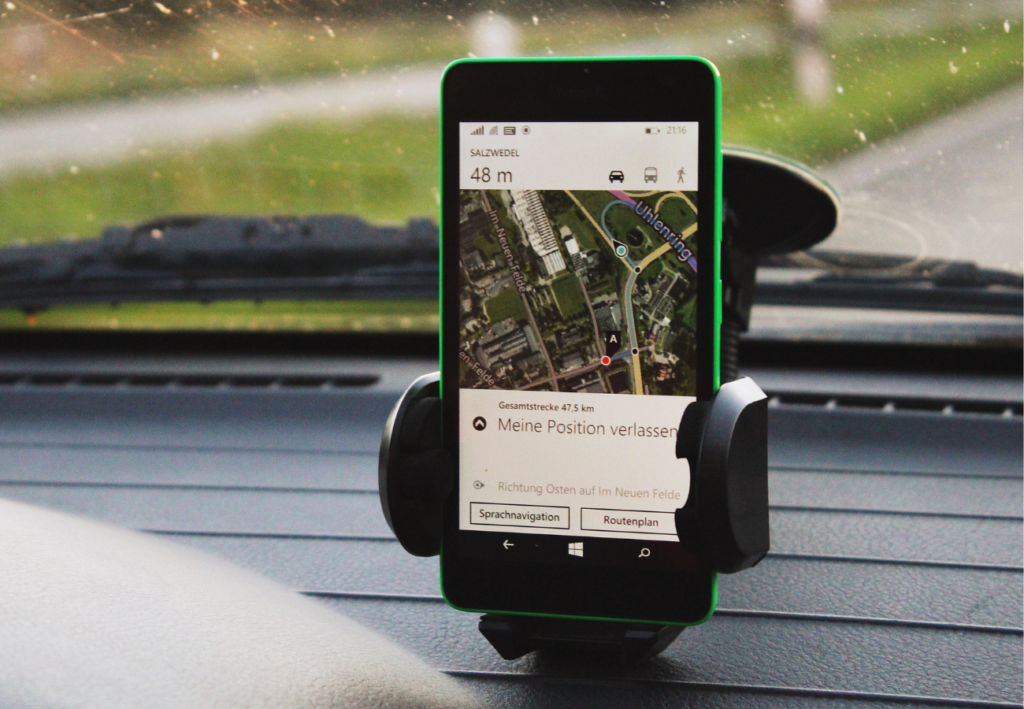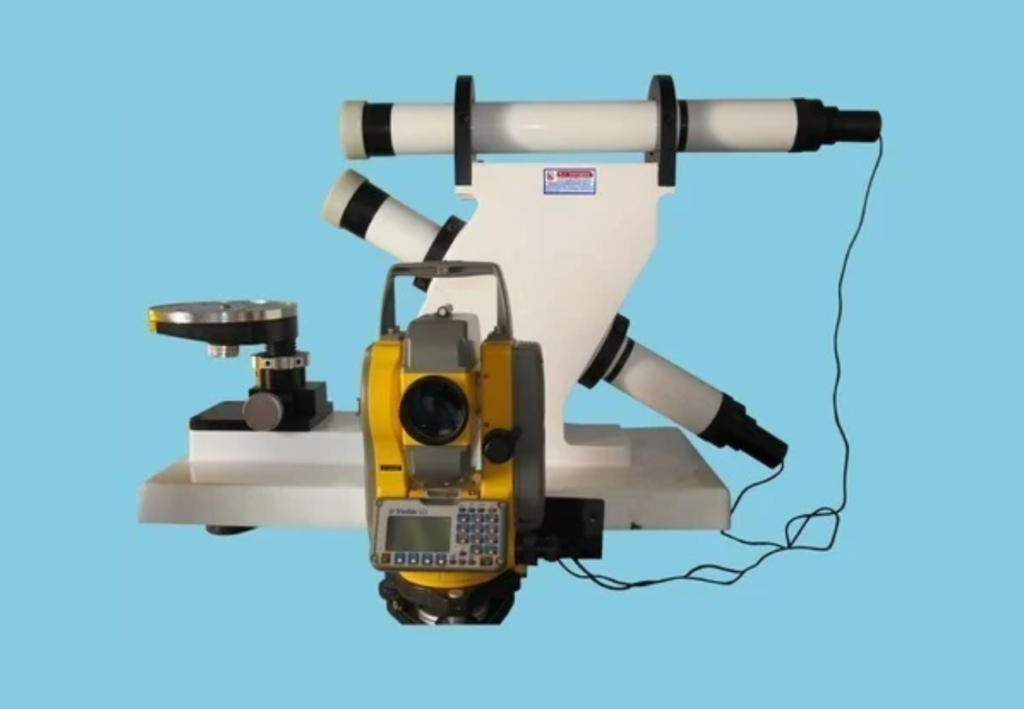According to the Medir Instruments Limited team of professional engineers and certified land/mapping surveyors, Precision Instrument Calibration is one of the primary processes used to maintain instrument accuracy. So, in other words, Calibration is the process of configuring an instrument to provide a result for a sample within an acceptable range.
In fact, eliminating or minimizing factors that cause inaccurate measurements is a fundamental aspect of instrumentation design. Understanding the basics of Precision Instrument Calibration in general and its proper use is an essential element in an overall warehouse and laboratory program. That’s why we’ll be discussing it in this article for your understanding.
Proper Instrument Calibration ensures that equipment remains within validated performance limits. So as to accurately report patient results, as well as to ensure that test results most accurately represent the values of samples. Thus, knowing the calibration process will help clarify the role that it plays, and then determine when it should be performed.
And as you’ll come to learn from this guide, the whole process is a more technical one. For it essentially “teaches” the instrument to produce results that are more accurate than those that would occur otherwise. As a result, the instrument can then provide more accurate results when samples of unknown values are tested in the normal usage of the product. That said, let’s learn more about what the whole process entails.
The Instrument Calibration Process For More Precision
One of the primary processes used to maintain instrument accuracy, calibration is the process of configuring an instrument to provide a result for a sample within an acceptable range. Eliminating or minimizing factors that cause inaccuracy is a fundamental aspect of instrumentation design. An engineer uses a collimator tool for instrument calibration.
With that in mind, the exact procedure may vary from product to product. However, the calibration process generally involves using the instrument to test samples of one or more known values. The obtained values are called “calibrators.” The results often establish a relationship between the instrument measurement technique and the known values.
Whilst, the process in essence “teaches” the instrument to produce quality results. More so, better results that are more accurate than those that would occur otherwise. The instrument can then provide more accurate results when samples of unknown values are tested in the normal usage of the product.
Related Resource: Navigation Systems | What Are They And How Do They Work?
Calibrations are performed using only a few collimators to establish the correlation at specific points within the instrument’s operating range. Of course, it might be desirable to use a large number of collimators to establish the calibration relationship, or “curve”, yes. But, there is time and labor associated with it.
This means, that preparing and testing a large number of calibrators might outweigh the resulting level of performance. From a practical standpoint, a tradeoff must be made between the desired level of product performance and the effort associated with accomplishing the calibration.
The instrument will provide the best performance when the intermediate points provided in the manufacturer’s performance specifications are used. Especially, for calibration; as the specified process essentially eliminates, or “zeroes out”, the inherent instrument error at these points.



